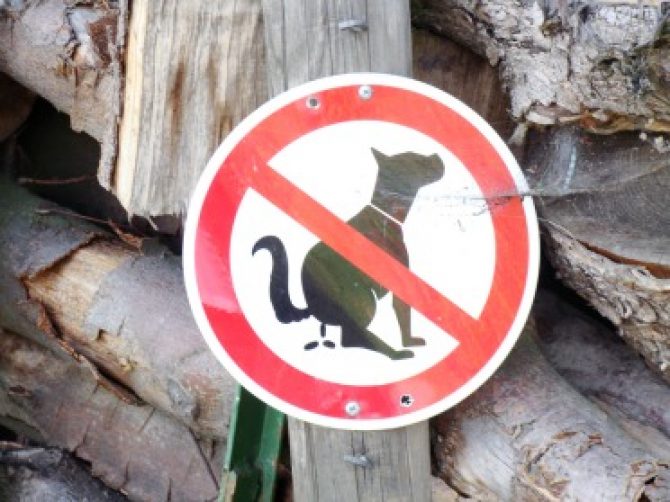So you know how excited I get receiving messages from all around the world…….I recently received a direct message via Facebook that is the impetus behind this week’s blog post on Recto-vaginal Fistulas. Here is an excerpt from that message:
“I wanted to make the women in my life aware of a risk of a long labor that is NEVER even brought up! I had 32 hour labor, episiotomy with a vacuum delivery and a baby weighing 8lbs 15oz. and before this never even heard of this condition!! I had to literally google “Poop coming out of my vagina” to even know what was going on with me before calling my doctor!
So I guess I’m writing to you in the hopes that you can make room on your podcast to discuss RVFs even if it is just briefly to make your listeners aware that fistulas are alive and well here in the US and are not eradicated as some research would have people believe. Yes it’s absolutely gross and embarrassing but its real life and it’s happening to many of us.”
WTF! (There goes that F word again) So recto-vaginal fistulas ARE alive and well. And you are correct, they aren’t JUST occurring in some remote regions of Africa where there is limited obstetric care. It happens here in the good ole U.S. of A.
Per your request, I decided to go a step further. Not only will I dedicate a podcast to this topic in the near future, BUT, here are my
Top 5 Facts YOU Should Know About Recto-Vaginal Fistulas:
- First off, what is a fistula? A fistula is an abnormal communication between two organs. In the case of recto-vaginal fistulas, as indicated by the name, it is an abnormal communication between the rectum and the vagina.
- Causes. Known causes of recto-vaginal fistulas include things such as childbirth(as noted in the above example), inflammatory processes such as Ulcerative Colitis and Crohn’s disease, irradiation of the pelvis secondary to, say for example, treatment for cancer, and pelvic surgery. A recto-vaginal fistula is only one type of fistula. Another common fistula seen in the realm of obstetrics and gynecology is a vesico-vaginal fistula, which, as I’m sure you guessed, is a communication between the vagina and bladder(we’ll save this for another blog post).
Just from reading the above excerpt, and of course we ALL know that hind site is 20/20, risks factors associated with recto-vaginal fistulas resulting from child birth include things such as: long labor, instrumented delivery(use of the vacuum), large baby, and episiotomy.
- Symptoms. Symptoms of a recto-vaginal fistula are easy. It can literally be “poop coming out of your vagina!” Perhaps gas coming out of your vagina. Maybe both. Signs of a vaginal infection which may include abnormal discharge, foul odor , or vulvar irritation may also be present.
- Complications. Does it REALLY get any worse than stool coming out of your vagina?!?! Lets start with the obvious. EMBARRASSMENT!!!! And how does embarrassment affect us? Low self esteem. I mean, who would feel good about poop coming out of their vajayjay?!?!? On top of that there is the risk of vaginal infections, urinary tract infections, hygiene issues…….then there is the irritation, both vaginal and vulvar from wiping all the time! The risk of abscess formation if the fistula becomes infected, and of course fistula recurrence if it isn’t addressed properly the first time.
- Identification and Treatment. Sometimes it really is as simple as noting gas or poop coming out of your vagina. In NOT so obvious cases, there are a few imaging techniques that can be used to identify a recto-vaginal fistula ranging from a CT scan or MRI to a Barium enema or vaginogram.
Treatment typically involves antibiotics to ensure that surrounding tissue isn’t infected as such is key in the next step, which typically involves some sort of surgical repair. Occasionally fistulas are small enough that they will resolve/close on their own. In the case that they are too large for such a happening, surgery is necessary. Typically surgery is done 3-6 months after diagnoses. The delay in closure is to give the fistula a chance to close on its own, and to ensure that the surrounding tissue is healthy and free of inflammation. The goal of surgery is to remove the fistula tract in its entirety, approximating strong, healthy tissue.
Thank you. For reaching out. For insisting that I address this topic. I know Tone, Toni, Tony said that “It never rains in Southern California,” but I’m guessing you’ve experienced plenty of it dealing with this. Hoping this blog post has informed and enlightened, per your request. A podcast on this same topic is coming soon.
Until Next Time,
Look Better. Feel Better. Be Better.
Dr. Angela










